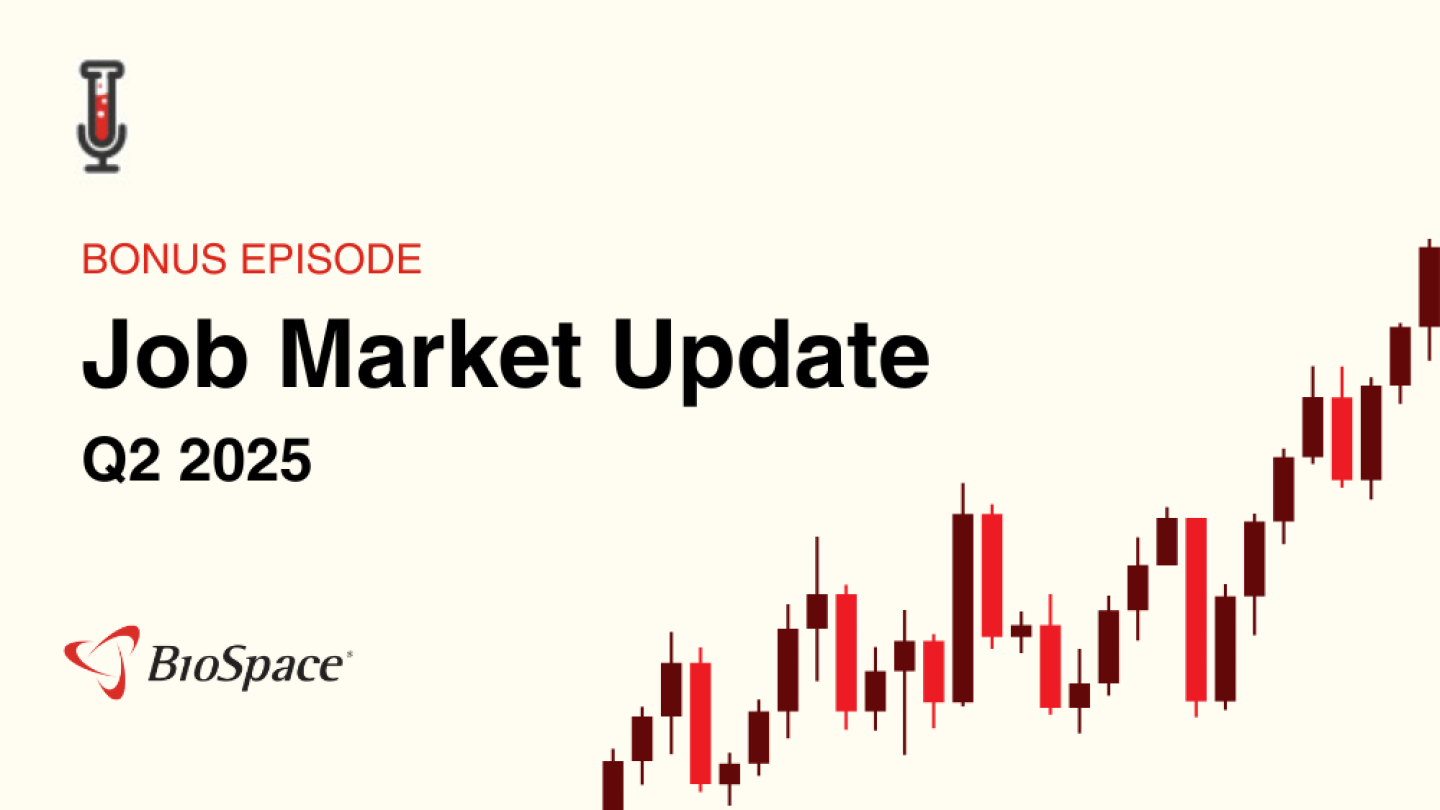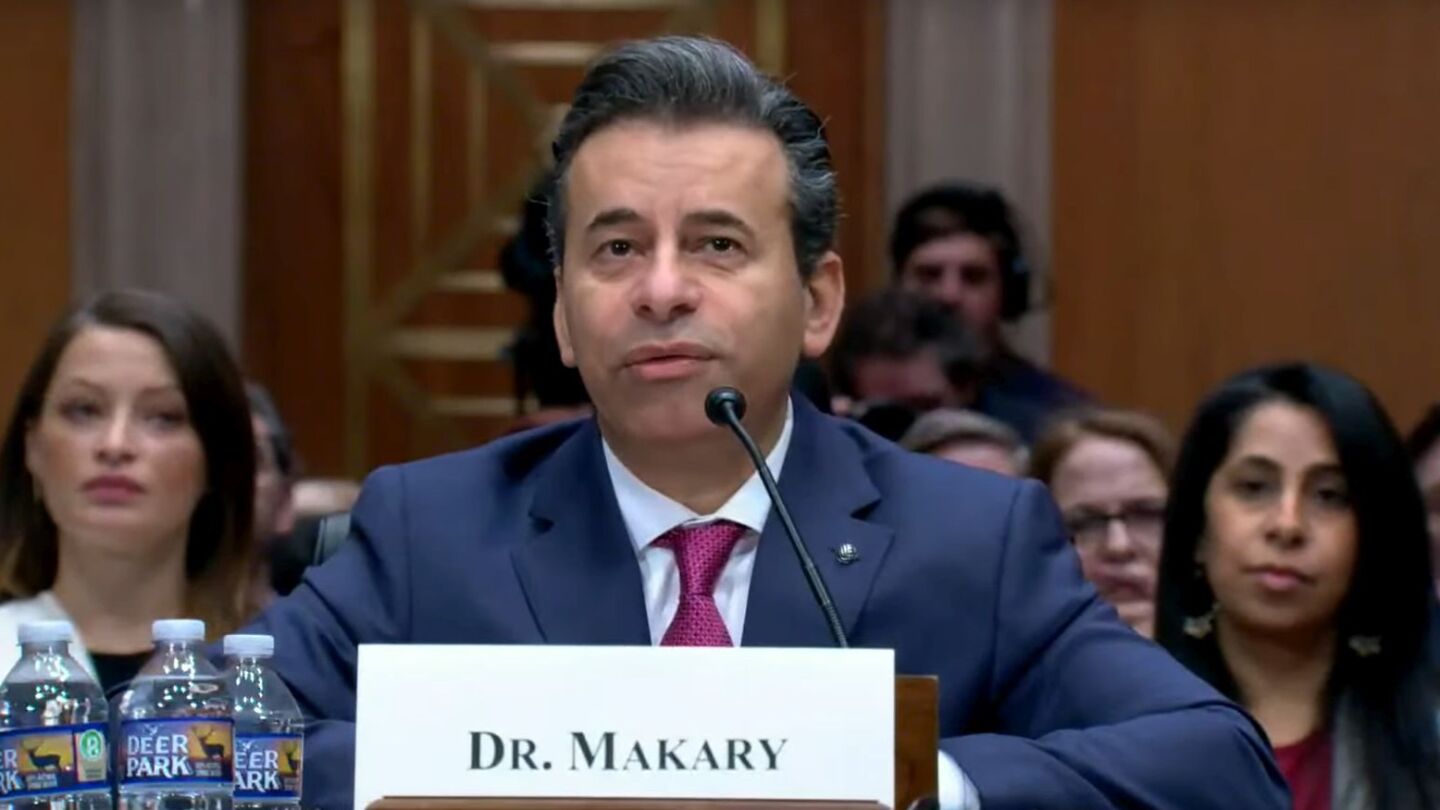News
The number of biopharma professionals let go has increased year over year for three straight months. In July, as many as 8,000 people lost or were projected to lose their jobs, due largely to news that Merck projects to cut roughly 6,000 employees as part of a multiyear process.
FEATURED STORIES
A February executive order on pharmaceutical price transparency does nothing to change the incentives that keep costs opaque. But drug companies and other stakeholders would reap the benefits of such disclosures.
Nearly two years in with Zurzuvae, Biogen tackles an ‘all of the above market’ to find patients and battle stigma in postpartum depression.
R&D spending across the global pharmaceutical sector climbed 1.5% in 2024, according to unreleased data from Evaluate Pharma.
Job Trends
Acquisition advances Johnson & Johnson’s leading Dermatology portfolio with opportunity to address significant unmet need in atopic dermatitis (AD).
FROM OUR EDITORS
Read our takes on the biggest stories happening in the industry.
The FDA has vowed to fix a pharma ad loophole—but they’re targeting the wrong one.
THE LATEST
From Wall Street to real estate to a “big, ugly” pharma building, Mayo Venture Partner Audrey Greenberg reflects on a career defined by taking a leap at just the right moment.
Some of the most high-profile acquisitions in recent years have involved women-fronted biotechs. BioSpace reviews five of the most notable here.
Seven biotech unicorns are advancing AI-powered drug discovery and development—but must contend with a difficult investing environment where competition is steep and the usual roads to exit are uncertain.
In this bonus episode, BioSpace’s Vice President of Marketing Chantal Dresner and Careers Editor Angela Gabriel take a look at Q2 job market performance, layoffs and wider employment trends and policies impacting the biopharma workforce.
Thousands of employees across HHS were terminated Monday evening after the U.S. Supreme Court ruled last week that the Trump administration could move forward with its sweeping reorganization of the agency.
HIV pharma leaders are in Kigali, Rwanda for IAS 2025, touting their latest advancements in HIV and PrEP development on the heels of the landmark Yeztugo approval.
According to Makary, reducing user fees—which make up just under half of the FDA’s budget—could make it easier for smaller companies, individual investors and academics to participate in the process.
The molecule, developed in collaboration with Massachusetts-based Kailera Therapeutics, is headed for a new drug application in China and global clinical trials.
More than thirty years since its 1993 founding, Catherine Owen Adams and Elizabeth Thompson—the R&D combo that has led Acadia since last year—are managing two products on the market and a pipeline estimated to be worth an additional $12 billion in sales.
Despite the FDA commissioner’s promises of partnership and collaboration, personnel changes and continued federal cuts create uncertainty for an industry already struggling with nearly half a decade of investment scarcity.

















